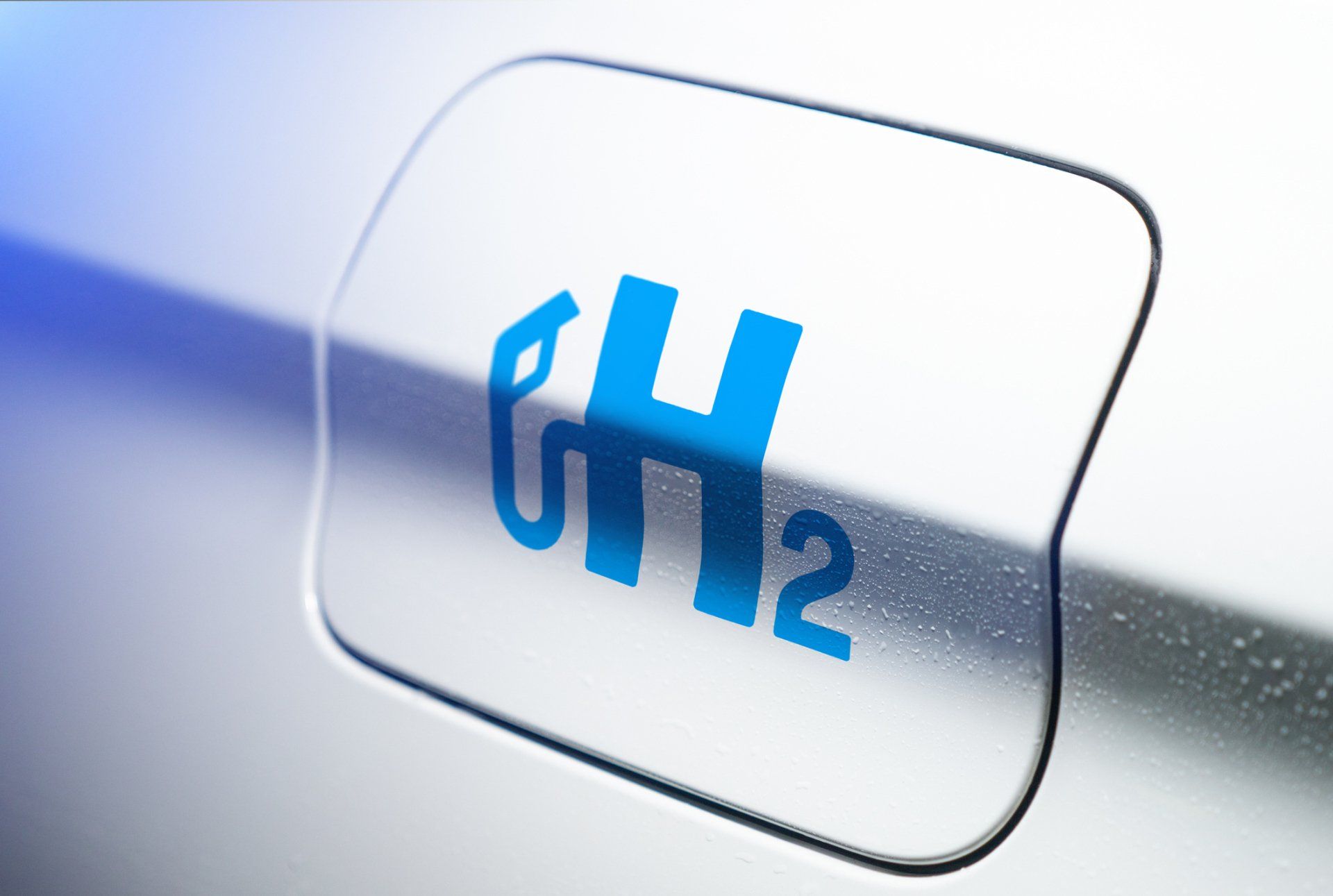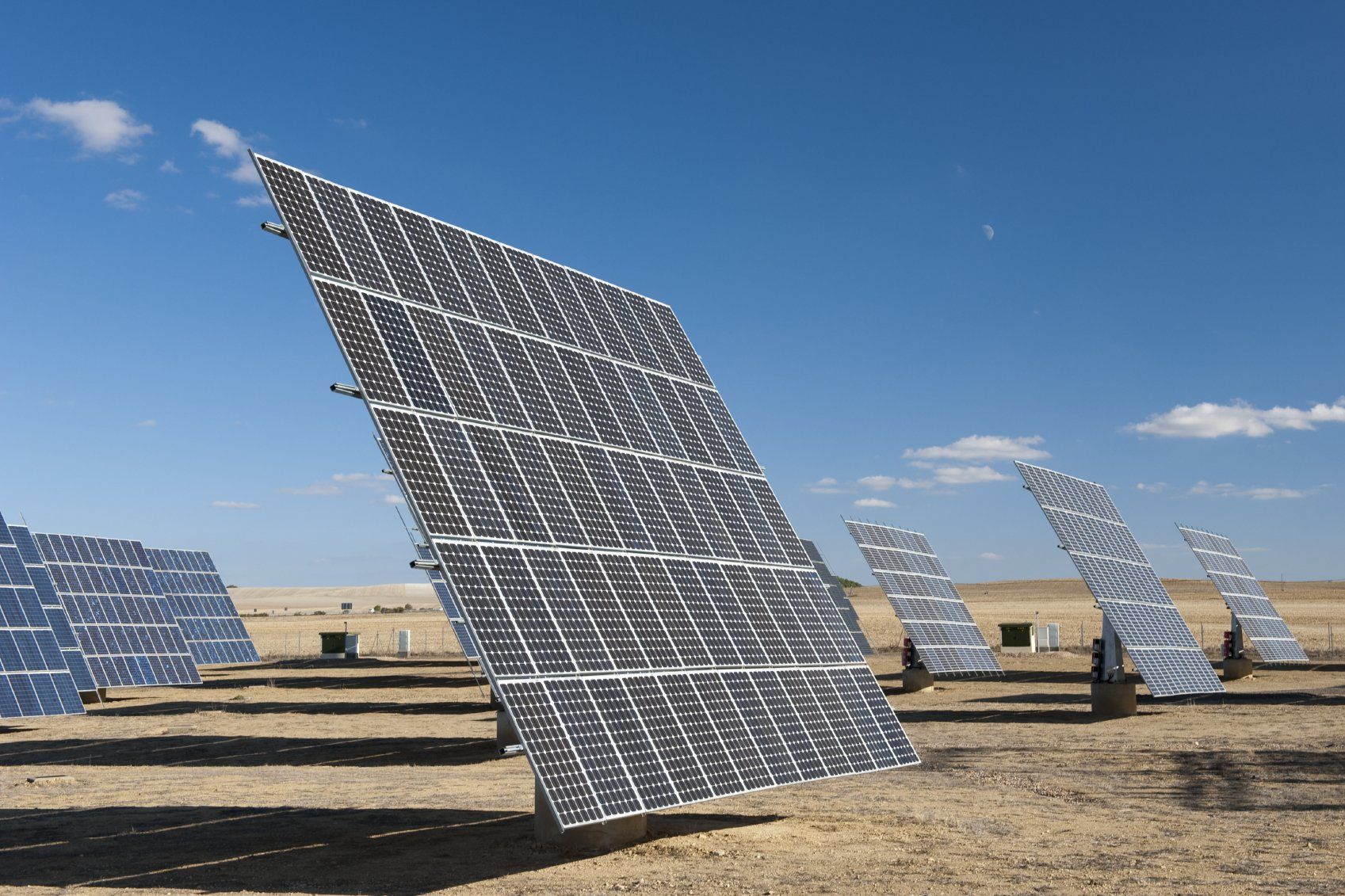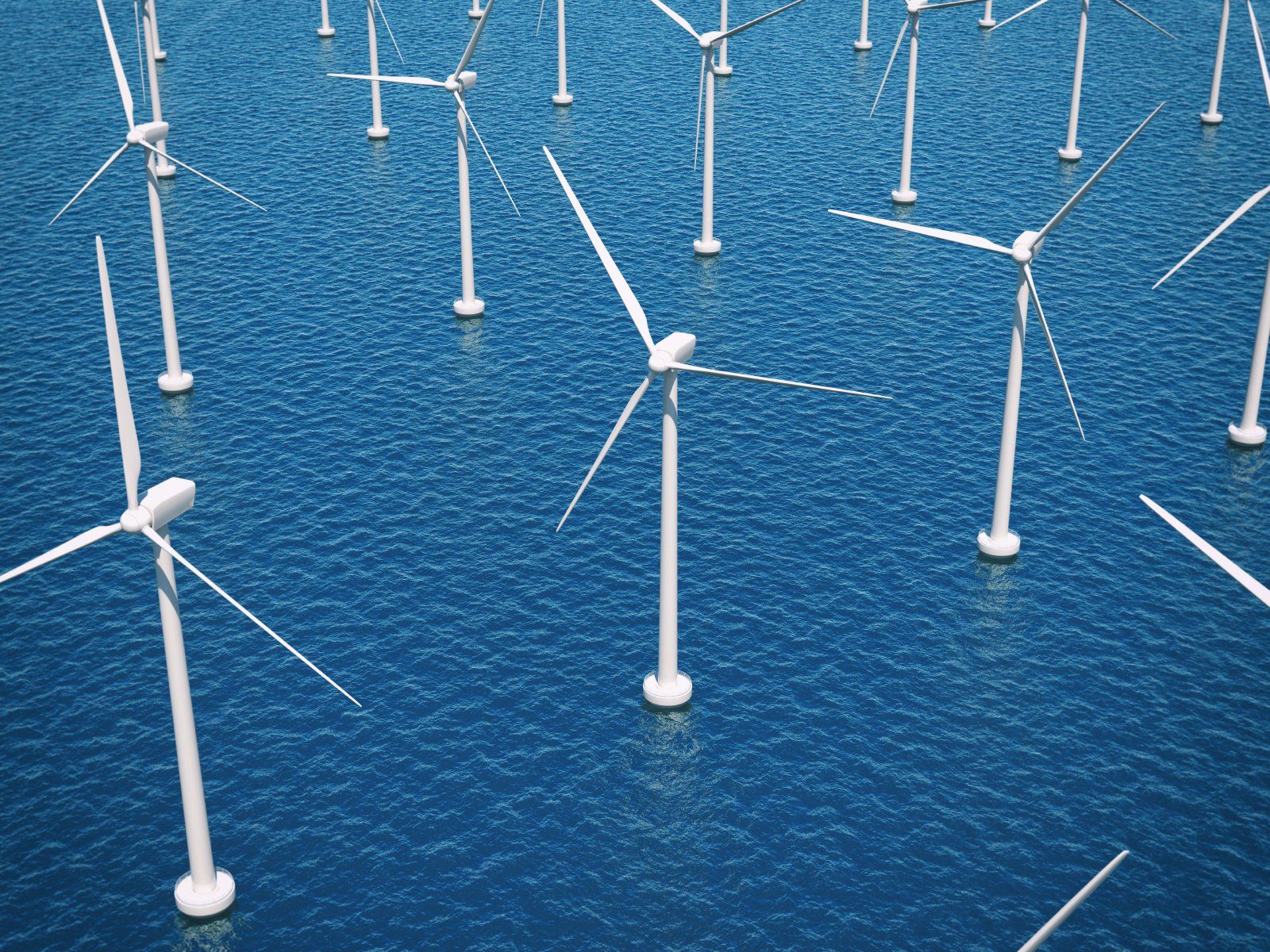Cleantech opportunities
in China market
Technology provides the ultimate solution to solving the human’s common issue— climate change. China, in particular, is in need of a variety of cleantech to address its environment issues in air, water, waste, industrial development. In the global cleantech map, China should be able to play a range of collaborative roles in partnership with other countries—its huge market potential can provide excellent test-bed and commercial scale-up opportunities for technologies developed globally; in the areas where China has advantage with indigenous innovation, China can become technology exporter; Chinese corporate and venture capital can work closely with their global peers in supporting cleantech start-ups both in China and elsewhere. It is a fast-evolving technology field, but we have tried to identify a few technology categories that pose tremendous growth potential in China.
Hydrogen and Fuel Cell
Hydrogen is the critical component of reacting to climate change and constructing a net-zero society. China has formed an ambitious plan to transformed itself into a hydrogen economy, by substantially increasing the production and usage of green hydrogen in the next decade. China has set the target to achieve over 50% hydrogen product from renewables, put 1million hydrogen fuel cell vehicles on the road, and build over 1000 hydrogen refuelling stations, all by 2030.
Across the hydrogen business value chain in China, we see the following opportunities for global cleantech companies and investors:
Hydrogen production
A cost-effective electrolyser is a key to the development of green hydrogen. Currently, in China, alkaline water electrolyser technology is relatively mature and ready for large-scale production, but proton exchange membrane (PEM) water electrolysers and solid oxide water electrolysers still have plenty of room for improvement and are hence in high demand.
Hydrogen storage and transportation
Hydrogen storage and transportation are the key enabling technology for the advancement of hydrogen and fuel cell technologies in applications including stationary power, portable power, and transportation. We expect to see in China a substantial increase in investment into the relevant technologies such as high-pressure hydrogen storage, liquified hydrogen storage, solid adsorption/ absorption storage pipeline hydrogen transmission, etc. We have got a lot of interest from important industry players in China to seek partnerships with global technology providers in this sector.
Fuel cells technology
Innovations in membrane electrode, air compressor control technology, Solid oxide fuel cell (SOFC) technology, hydrogen circulation systems, etc, are in high demand.
Fuel cell electric vehicle (FCEV)
A lot of market attention on chassis and power system integration technology, efficient heat dissipation technology, and all the other core technologies that can improve the reliability, safety, and environmental adaptability of fuel cell vehicles.
E-Mobility
China’s new energy vehicle (NEV) policies such as fiscal subsidies, exemption of purchase tax, and “NEV’s double credit points” have promoted the rapid development of China’s new energy vehicles in recent years. China accounted for 40% of global new energy vehicle sales in 2020. On October 27, 2020, the China Society of Automotive Engineers (China-SAE) unveiled its New Energy Vehicle Technology Roadmap 2.0, outlining its development plans for new energy vehicles (NEVs) through 2035. (See figure 1)
On the policy side, the Chinese government is switching from the EV direct subsidies to a mandate system that requires that a certain percent of all vehicles sold by a manufacturer each year must be battery-powered. Despite this change of policy, new investment is still being poured into the EV manufacturing sector.
Meanwhile, other technologies related to it are emerging, including
Battery swapping, smart charging and Autonomous driving. For example, NIO has already entered the field of battery swapping. To achieve the 100% NEVs penetration on the road fleet target requires massive infrastructure investments, like charging stations, which have been classified in China as “new infrastructure” and are getting increasing support from local government bodies.
Figure 1. China NEV roadmap through 2035
| ~ 2025 | ~ 2030 | ~ 2035 | |
|---|---|---|---|
| Passenger Vehicle (PV) | Fuel efficiency to be better than 4.6L/100km (WLTC) for new PV (incl. NEV) | Fuel efficiency to be better than 3.2L/100km (WLTC) for new PV (incl. NEV) | Fuel efficiency to be better than 2.0L/100km (WLTC) for new PV (incl. NEV) |
| Commercial Vehicle (CV) | Freight care: fuel efficiency to be more than 8% better than 2019 level Bus: fuel efficiency to be more than 10% better than 2019 level | Freight care: fuel efficiency to be more than 10% better than 2019 level Bus: fuel efficiency to be more than 15% better than 2019 level | Freight care: fuel efficiency to be more than 15% better than 2019 level Bus: fuel efficiency to be more than 20% better than 2019 level |
| Internal Combustion Engine (ICE) | Fuel efficiency to be better than 5.6L/100km (WLTC) for new ICE Hybrid electric vehicle (HEV) accounts more than 50% of ICE | Fuel efficiency to be better than 4.8L/100km (WLTC) for new ICE Hybrid electric vehicle (HEV) accounts more than 75% of ICE | Fuel efficiency to be better than 4.0L/100km (WLTC) for new ICE Hybrid electric vehicle (HEV) accounts more than 100% of ICE |
| New Energy Vehicle (NEV) | NEV accounts about 20% of total demand | NEV accounts about 40% of total demand | NEV accounts about 50% of total demand |
Source: China – SAE, Goldman Sachs.
Sustainable Agriculture And Food
The food system (including the production process) and the agricultural system (including processing and distribution) are also key sectors that generate greenhouse gas emissions. In China, the carbon emission in the agriculture sector accounts for 7-8% of the total carbon emission. Agriculture is one of the toughest sectors to de-carbonize, most of the emissions are non-CO2, therefore clean technology in the agricultural and food sector is in high demand.
The current low-carbon technologies in agriculture and food can include the following: vegetable protein, precision agriculture, vertical agriculture, gene editing and aquaculture.
Vegetable protein: According to Cleantech’s report, China’s plant-based meat market is already worth $9.7 billion. Protein companies founded in Asia often have a head start in this market by catering to local cuisine from the outset, with a particular focus on seafood and pork products.
Precision agriculture: Refers to the use of some high-tech processes and technologies in agricultural production to increase the yield while reducing the use of fertilizers and pesticides. applicable technologies include Unmanned Aerial Vehicles, sensors, satellite data, automation, robotics, and AI technologies, etc.
Vertical agriculture: It refers to the production of vegetables, medicinal plants, and fruits with high spatial density in a highly controlled environment. However, the current production costs are high, and its commercial applications are limited to high-value crops, such as green leafy vegetables and herbs. Some technologies, such as new generation LEDs, can help to reduce the production cost of vertical agriculture.
Aquaculture: A number of aquaculture research and development and new projects are undergoing. These projects generally focus on restricting the use of antibiotics, increasing the use of sustainable feed, and recycling fishmeal and pond sediments.
Energy Efficiency
Energy efficiency is a critical component of China’s de-carbonization strategy. In 2020, the Ministry of Industry and Information Technology of the Chinese government published (hereinafter referred to as the “Catalogue”), specifying 59 energy-saving technologies, recommended for adoption in industries such as steel, cement, chemicals, textile, machinery, etc. Some of the examples include:
- cement clinker cooling technology;
- the closed-loop recovery and utilization technology of industrial circulating water residual pressure energy;
- renewable energy microgrid energy-saving technology, etc.
As the largest manufacturer in the world, China is faced with a real challenge in industrial de-carbonization, but also has the largest business potential for technology providers and entrepreneurs who supply the right solution.
Renewable Energy
A low-carbon transformation of the power generation structure is a prerequisite for achieving carbon neutrality. Report from Goldman Sachs estimates that non-fossil-sourced power generation will need to surpass 50% of total generation by 2030, reach c. 70% by 2040, and exceed 85%/95% by 2050/60, from c. 32% currently in China. Among the renewable energy power generation, solar photovoltaic and wind power are the most promising. According to the forecast of IEA, the share of global solar photovoltaic and wind energy in total power generation will increase from the current 7% to 24% in 2040. In China, by 2030, non-fossil energy will account for about 25% of primary energy consumption, and the total installed capacity of wind and solar power will reach 1.2 billion kW.
Solar photovoltaic technologies: According to IEA forecasts, through the improvement of silicon wafers, solar cells and other technologies, the cost of solar photovoltaic power generation will be reduced by 36% in the next five years. For silicon wafers, the overall cost will continue to be diluted by thinning the thickness and increasing the size; For solar cells, Heterojunction (HJT) battery technology can improve the photoelectric conversion efficiency of double-sided cells, and the conversion efficiency is expected to increase from 20% to 27%, and the power generation capacity can be increased to reduce the cost of electricity.
Offshore wind power technologies: According to a report from Goldwind, a China-based multinational wind turbine manufacturer, the following key technologies are in high demand in China. (See figure 2)
Energy storage technologies: In China, the areas with the greatest potential for solar and wind power seem to be far away from major industrial centers and city centers with the greatest power demand. As the growth of renewable energy accelerates, energy storage solutions must be used to address intraday and seasonal changes, as well as this regional supply-demand discrepancy. In a recent report, Goldman Sachs believes that two key technologies will likely help solve the energy storage challenge: utility-scale batteries and hydrogen.
Figure 2. Key technologies of offshore wind power
- Wind turbine generator system super long and flexible blade technology New paragraph
- Wind turbine generator system main bearing technology
- Hydraulic pitch technology
- Wind turbine generator system support structure design technology
- HVDC flexible technology
- Offshore wind power group control technology
- Offshore wind power Artificial Intelligence for IT Operations
Source: Goldwind.














